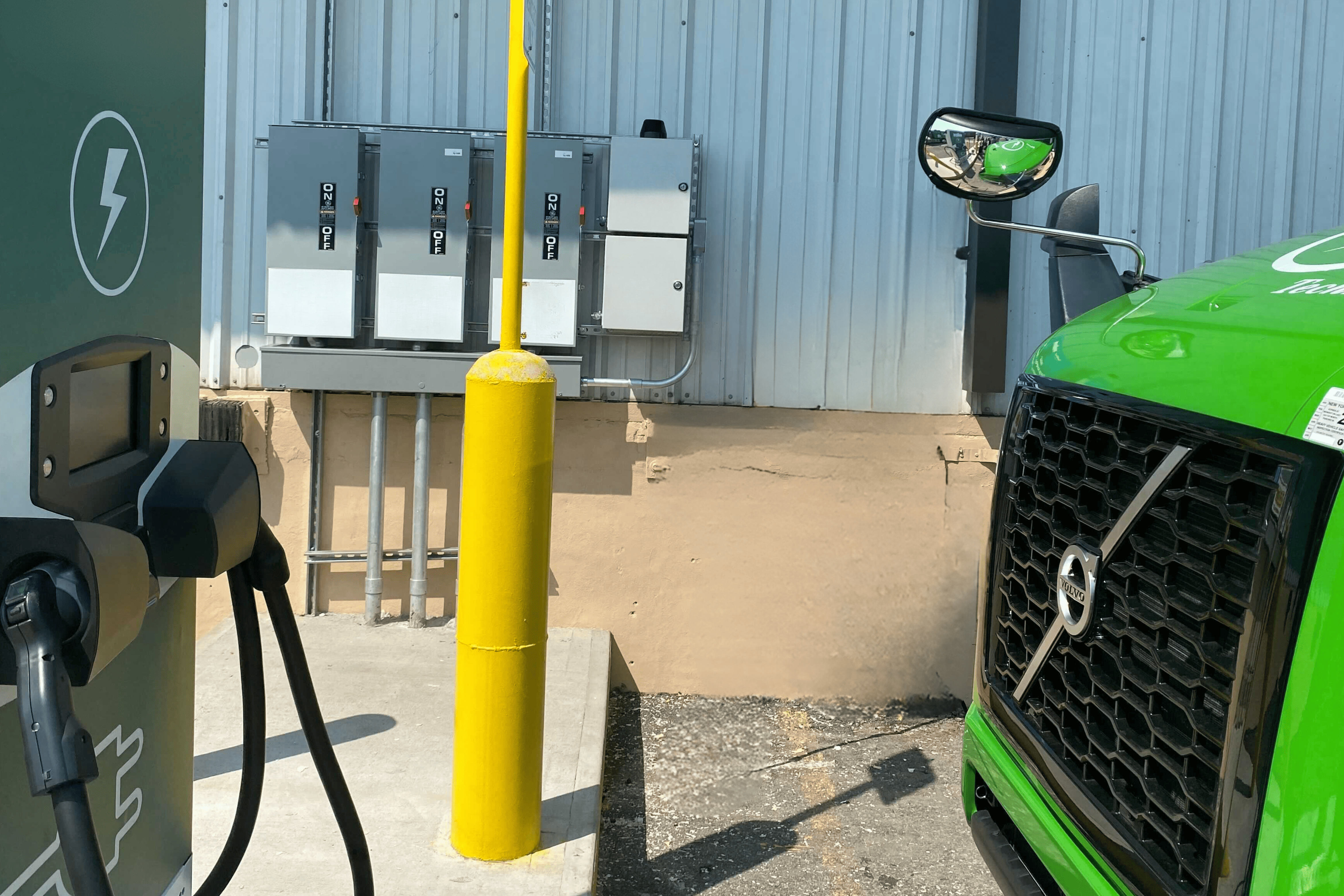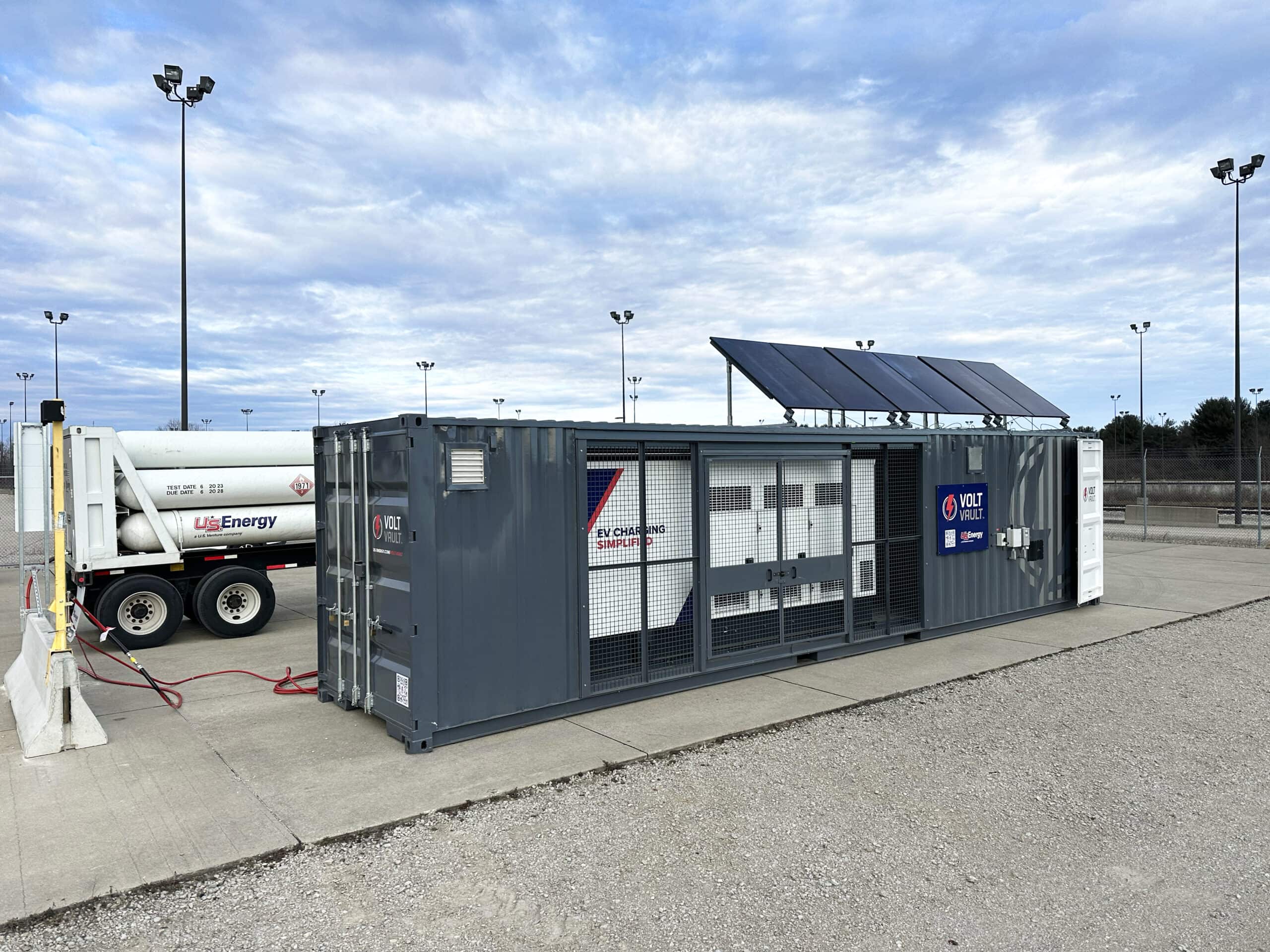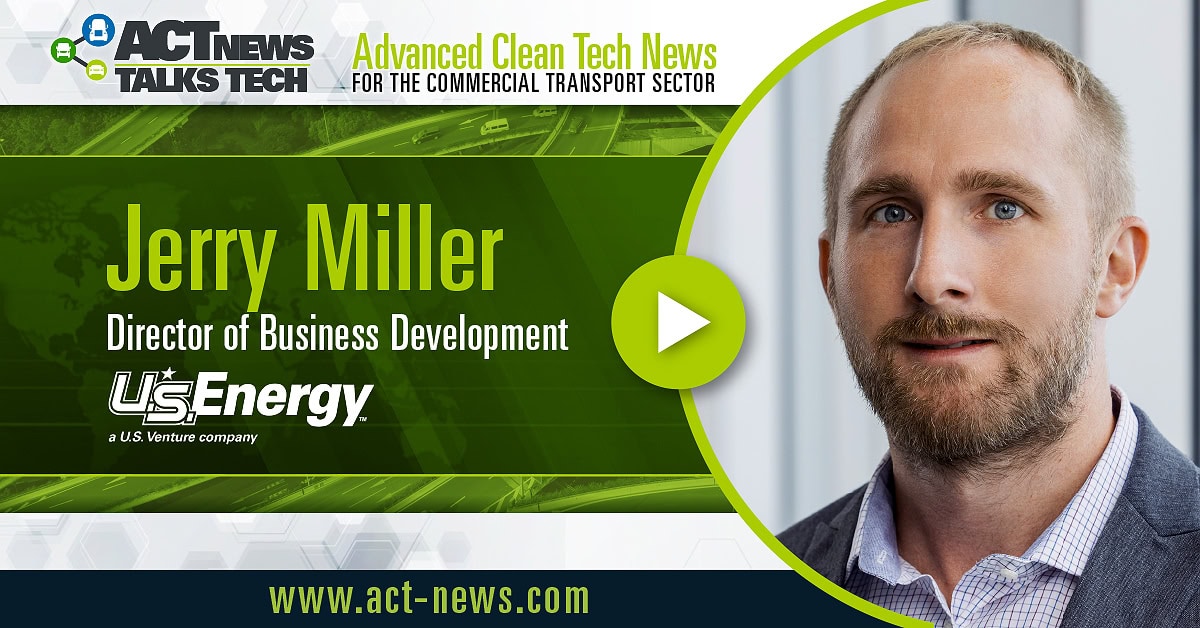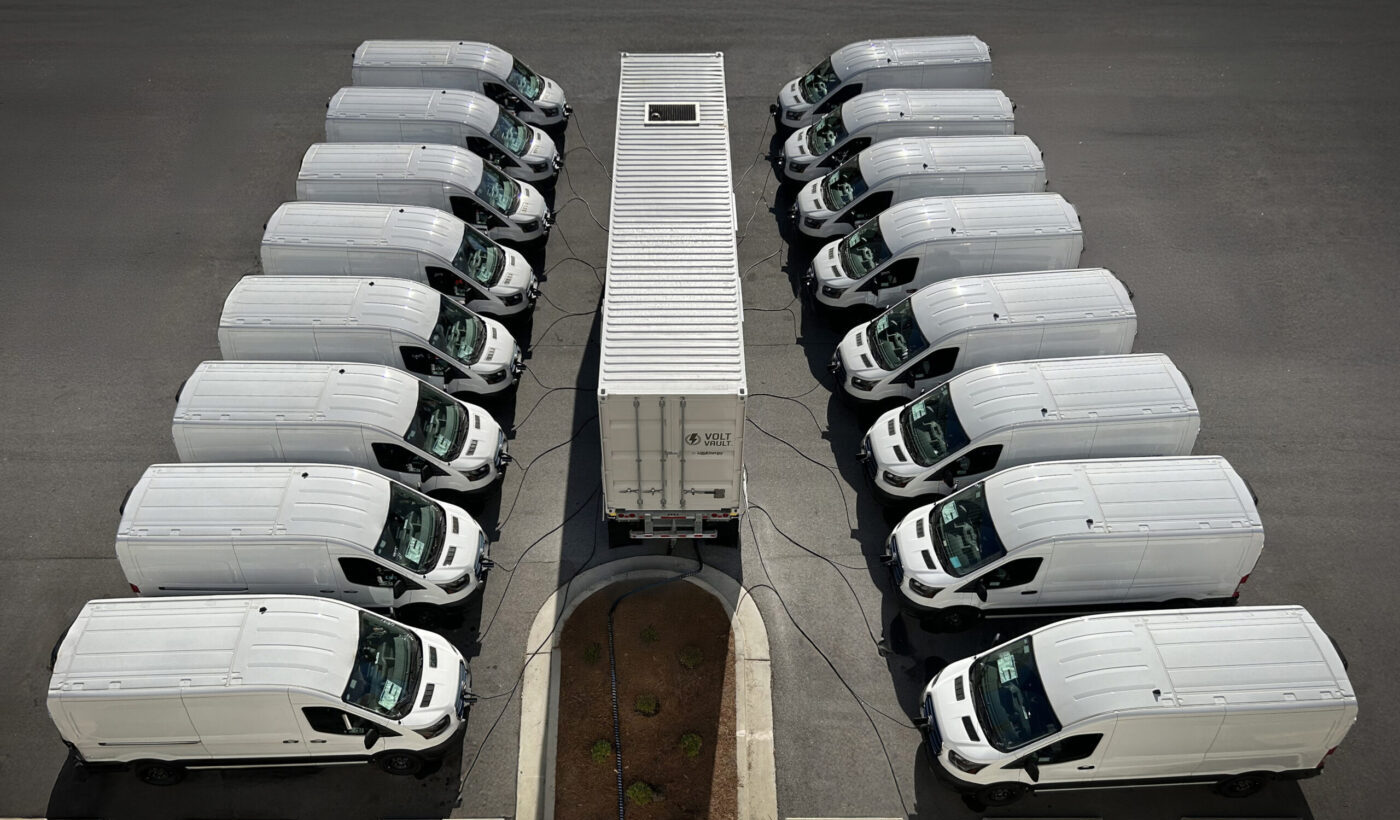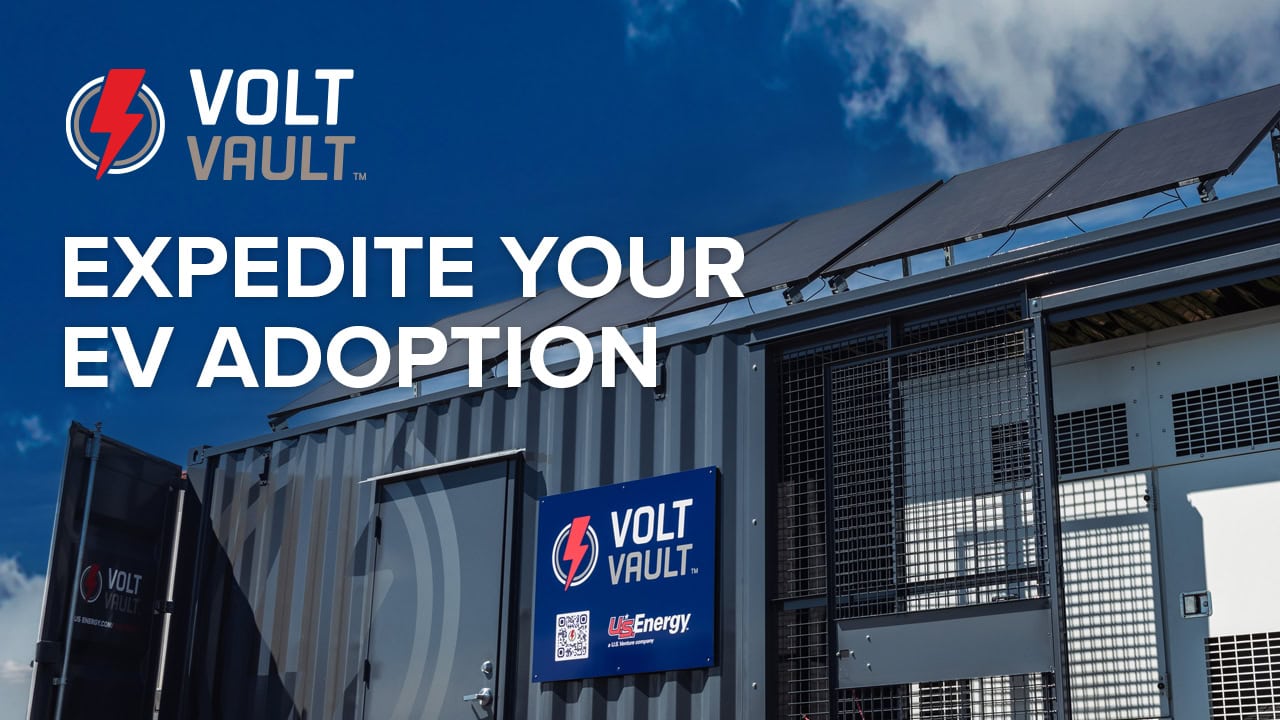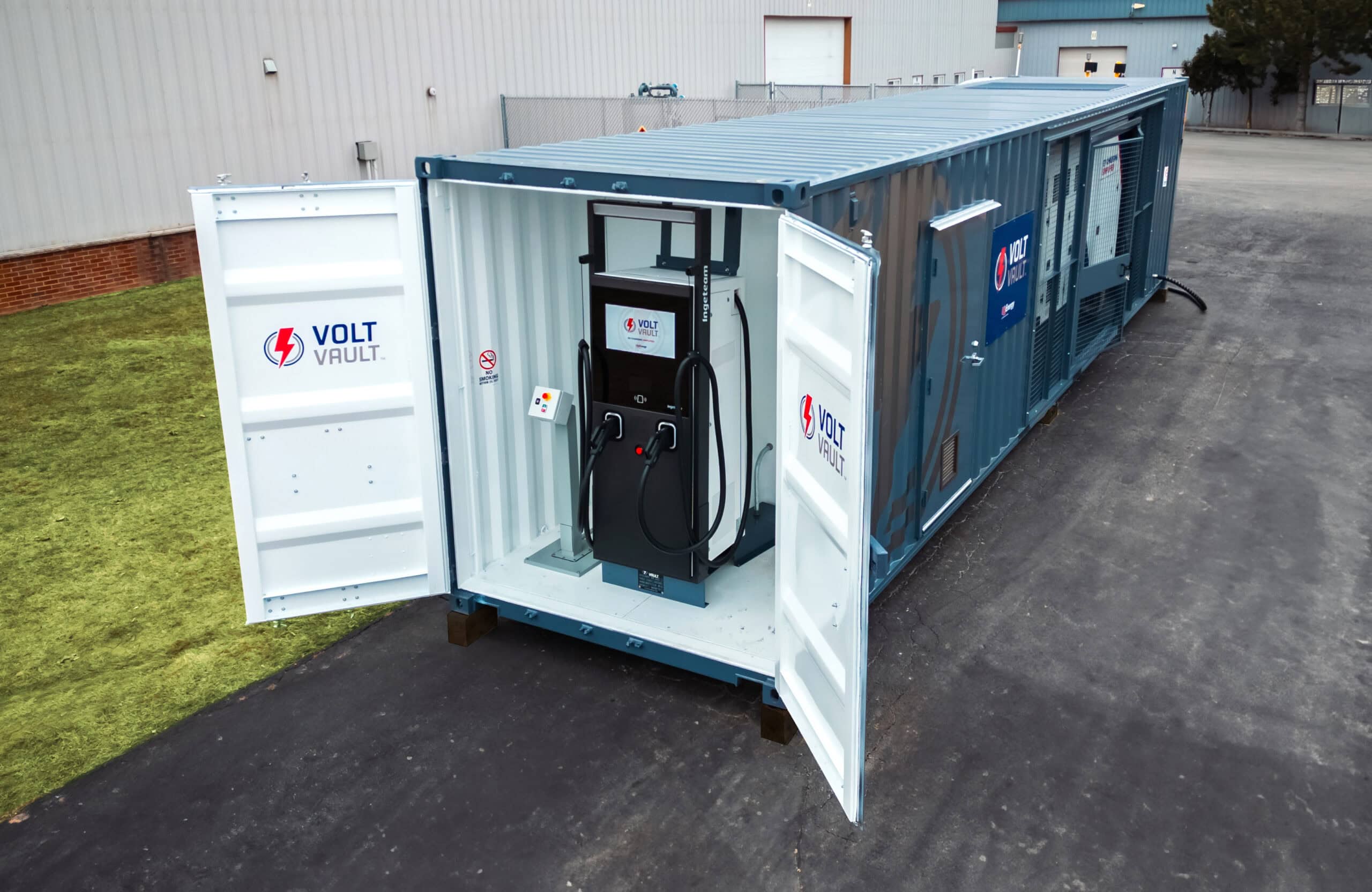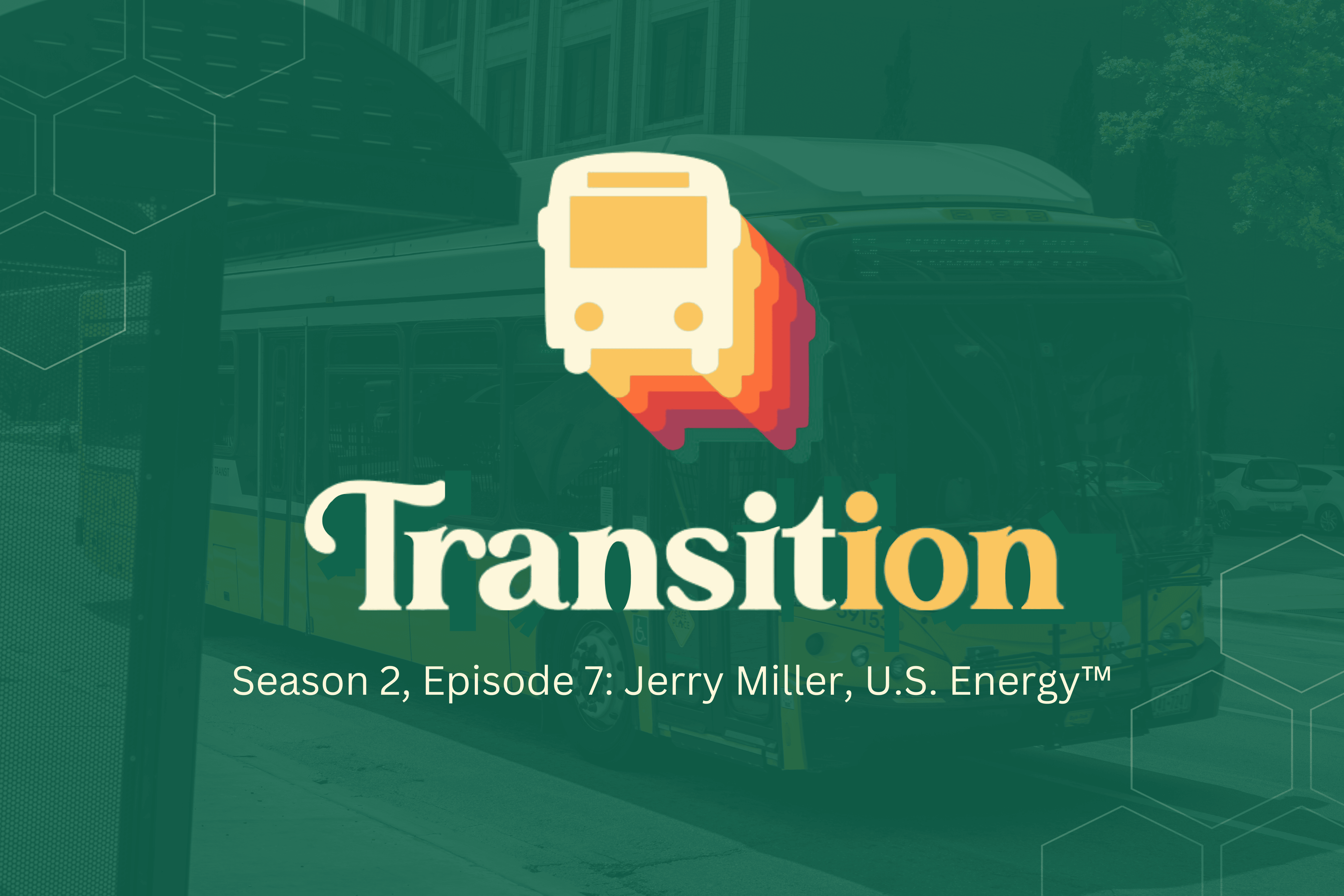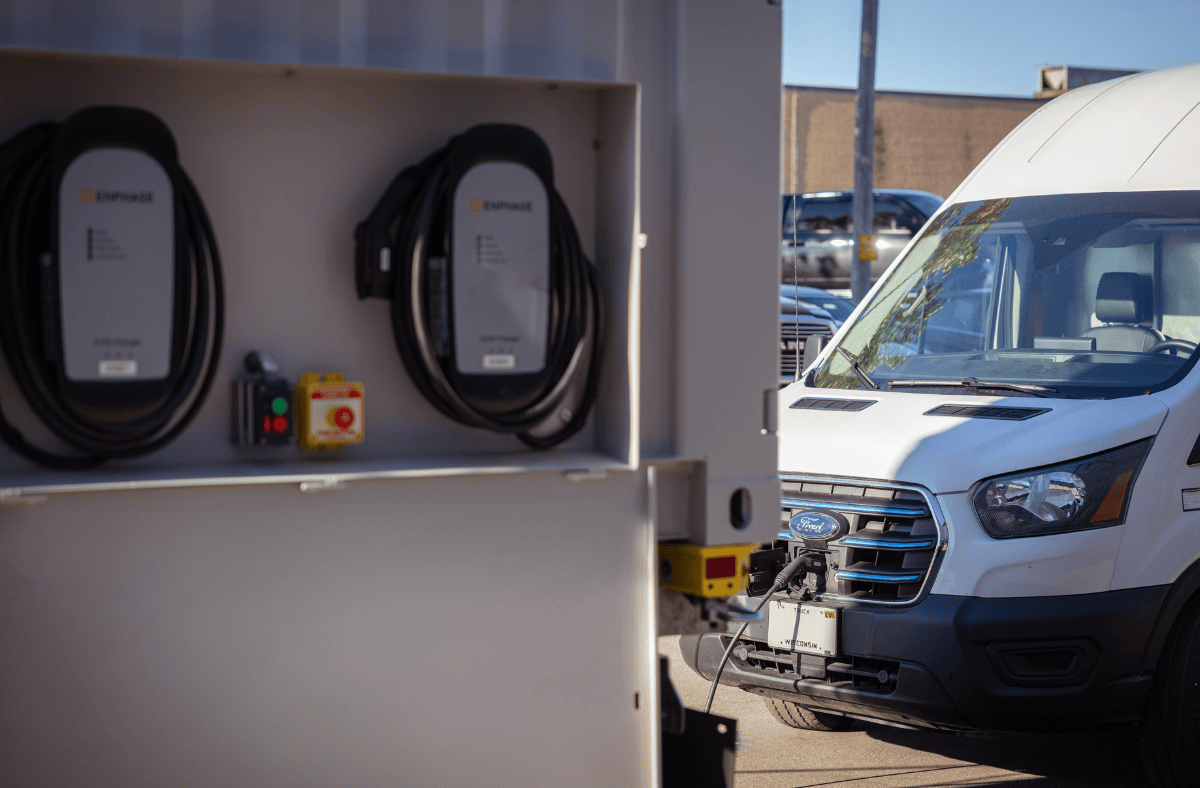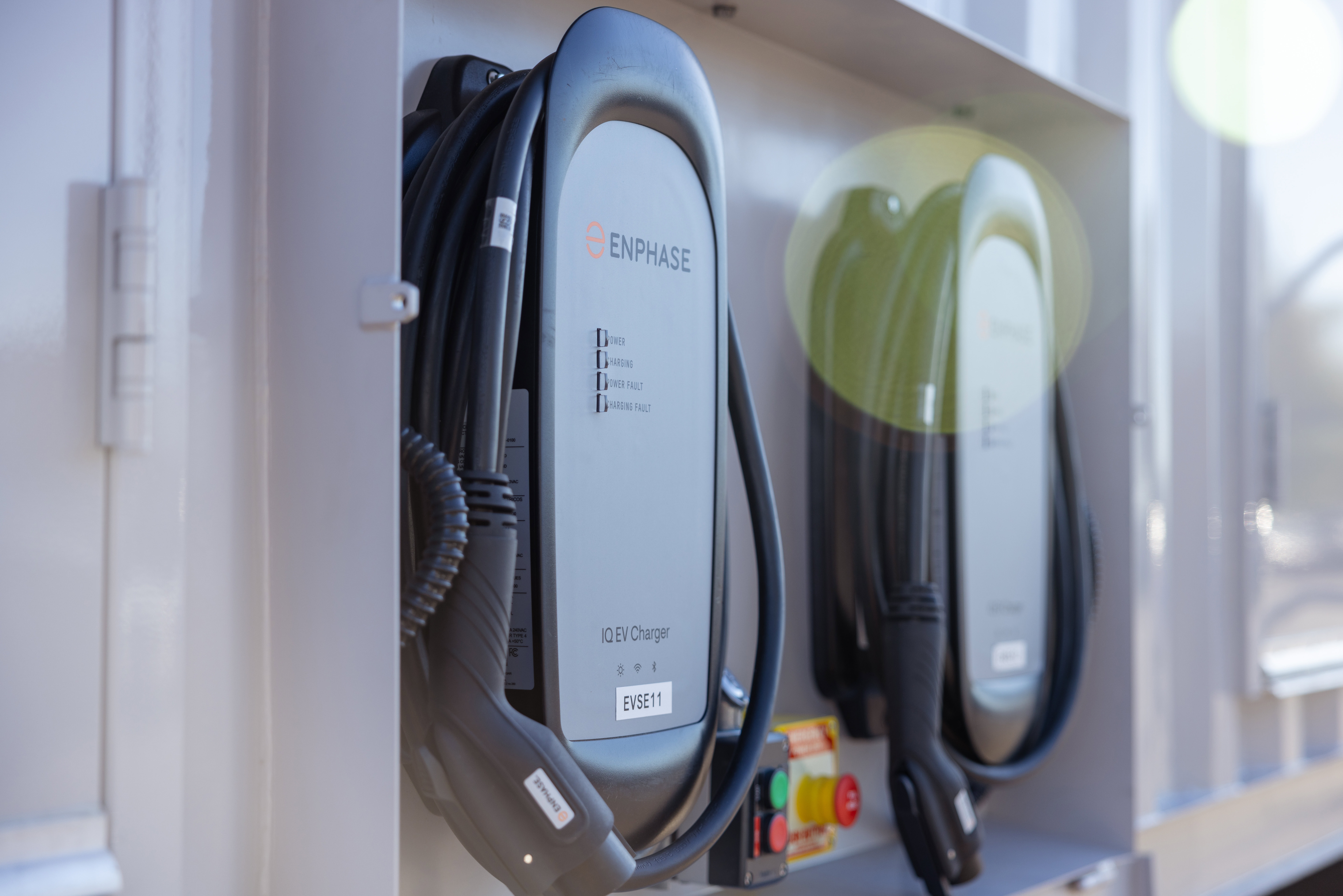Education Center / The Difference Between Smart Charging and Managed Charging
Blog
Category: Electric Charging
The Difference Between Smart Charging and Managed Charging
Demand charging. Automated load management. Systems integration. Adaptive charging. Remote management. With the electrification movement well underway, fleets are being introduced to a whole new glossary of terms and an ever-evolving list of key considerations for selecting vehicle technology, charging infrastructure, and route optimization tools. Relative to charging their fleets, organizations are tasked with optimizing fleet charging costs—designed as a choice between smart or managed charging technology. What’s the difference you ask? Keep reading below to find out.
LEVEL-SETTING: SMART CHARGING DEFINED
When people hear the term ‘smart charging,’ often what they envision are the abilities that managed charging offers, though, that’s not the case. Simply put, smart charging refers to the actual charger hardware for electric vehicles (EVs)—the physical interface. While the intent is not to be deceptive, ‘smart’ simply means the charging technology has a Wi-Fi connection, enabling passive visibility to the data. This can provide high-level information such as the cost a fleet is paying for electricity, the amount of energy being pulled, or the vehicles’ current state of charge. However, what it does not allow for, is for fleets to act on that data.
As a result, customers are unable to manage their energy costs and usage without constant monitoring, manually updating schedules, and resorting to hands-on action. Subsequently, fleets are often left to charge during peak energy intervals—paying significantly more for their power. On top of that, as organizations expand their EV initiatives, utilities often need to step in. Each charging station has a pre-allocated power load; however, as fleets grow, utilities may require the station to undergo a service upgrade, so it doesn’t overburden the grid. While it may seem simple in nature, this process can take between 12-24 months and cost upwards of millions of dollars to complete.
After learning about the costs that can quickly compound and the complexities of fleet management, many fleets opt out of electrification—deciding it’s not a fit for their operations. However, that doesn’t need to be the case. With managed charging, scaling your fleet for continued growth doesn’t have to cost a fortune, and neither does your electricity spend.
MANAGED CHARGING: THE COST-SAVING DIFFERENCE
While managed charging certainly incorporates the simple functionality of smart charging, it goes beyond those limitations to provide real value to fleets. Intelligent charge management systems (CMS) feature cloud-based technology and onsite hardware that connects to the EV chargers, auxiliary meter, vehicle telematics/management tools, and the respective local utility. This allows charging operations to be automated and optimized as the software can navigate electricity costs that fluctuate on an hourly basis and orchestrate charging sessions to ensure vehicles are charged and ready when needed.
Managed charging gives organizations access to price optimization, without the customer ever needing to monitor the price volatility of electricity or perform hands-on operations. Compared to unmanaged charging or smart chargers, managed charging can save fleets up to 40% on electricity for their EV fleet.

But, with most fleets interested in the scalability of their operations, the question remains: can managed charging help avoid those cost- and time-prohibitive utility service site upgrades? The answer: it depends on the provider.
AUTOMATED LOAD MANAGEMENT TECHNOLOGY: THE MISSING LINK
As noted above, as utilities learn your EV fleet is expanding in size, they may require service upgrades to increase your power load allotment. However, there’s a second option if your charge management provider offers automated load management technology. With certain managed charging technology, fleet customers can avoid lengthy service upgrades and increase their charger capacity two-fold without needing service upgrades. Utilities recognize systems that include automated load management (ALM), also referred to as dynamic load management (DLM), technology.
Simply put, this means the technology monitors site and charger load profiles, managing a fleet’s chargers and charge sessions to avoid service upgrades. This is all done by ensuring the maximum power threshold is never surpassed by automatically dimming and turning off chargers at strategic intervals while still making sure your fleet is charged for when you need it.
In your journey to select an EV infrastructure provider, you now know the importance of three key components that fully managed charging offers:
- Gain visibility to your charging metrics as well as the ability to have dynamic systems act on the data—leveraging cloud-based technology to perform remote system optimizations.
- Avoid demand charges and experience a cost-optimized charging experience, decreasing your total cost of ownership and enabling extra funds to go towards scaling your operations.
- Deploy systems with automated load management—avoiding costly service upgrades and ensuring you never surpass your allotted power threshold.
While use of the terminology ‘smart charging’ may vary on a case-to-case basis, the additive value managed charging offers remains constant. If your organization is looking to transition to EV charging for some or all of your fleet vehicles, but still has questions on how managed charging can streamline your experience, reach out!

